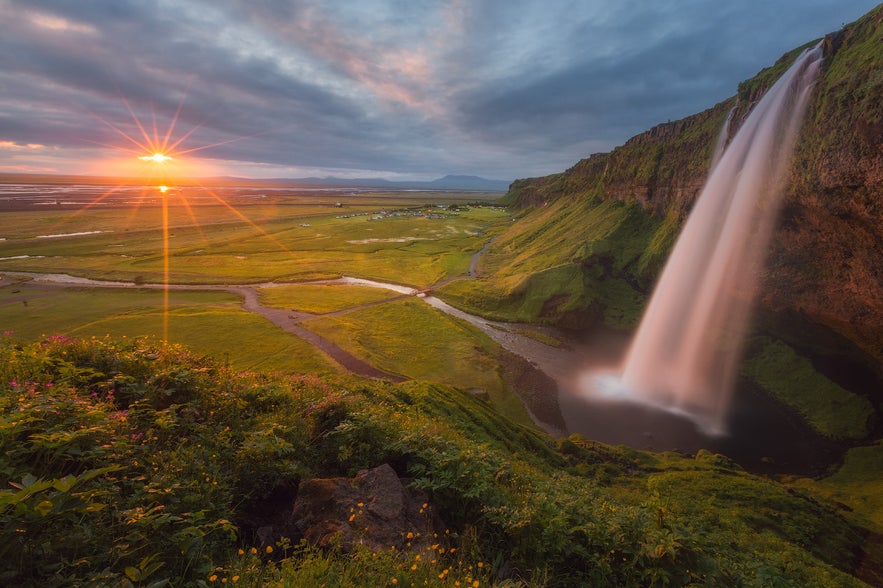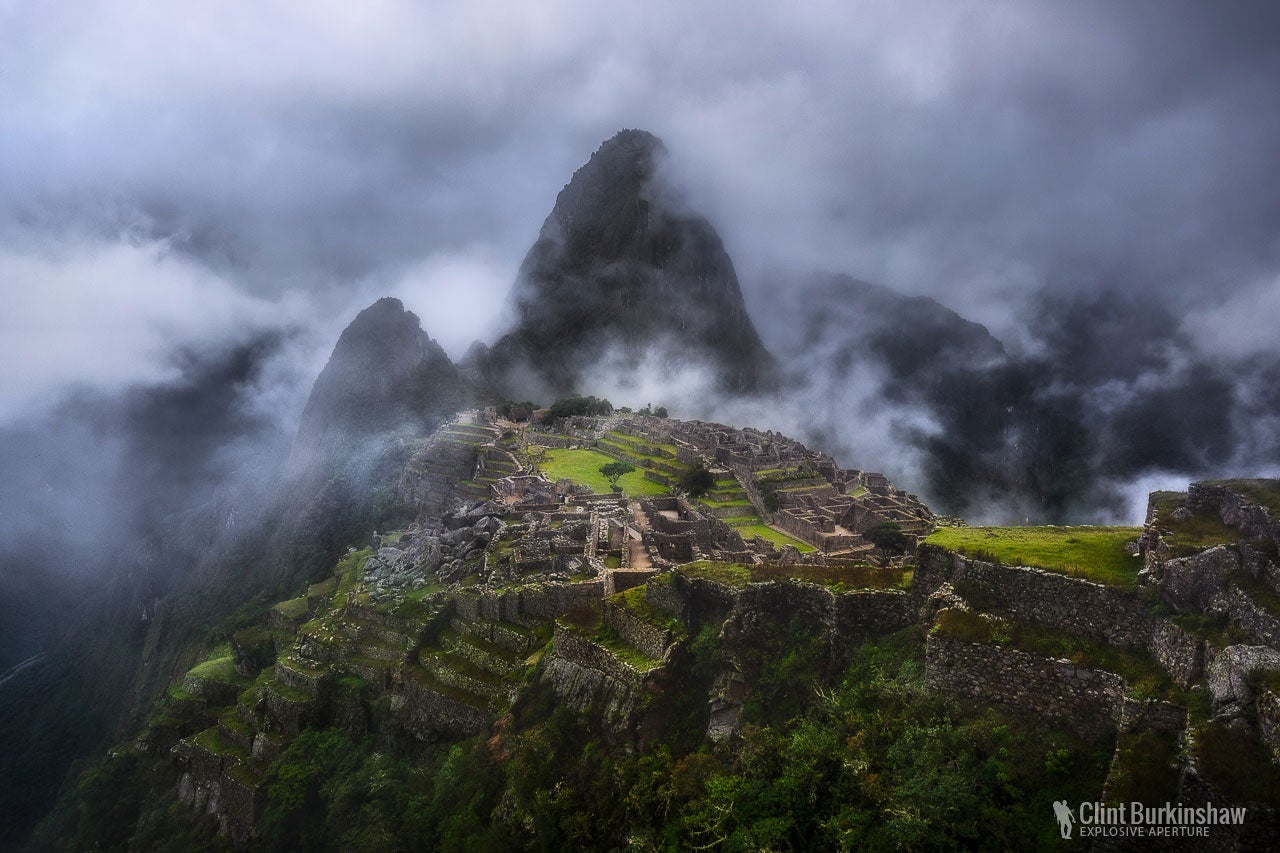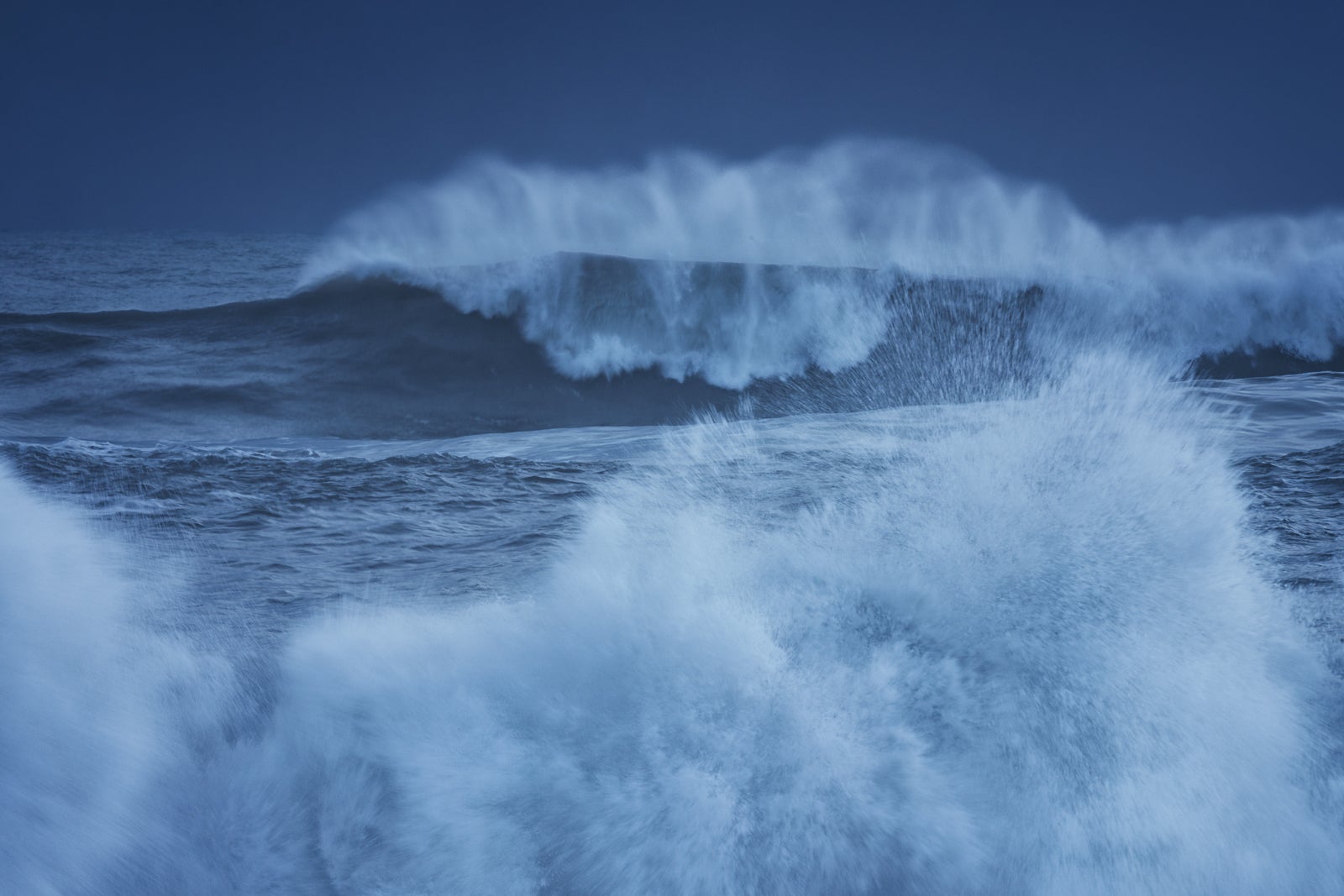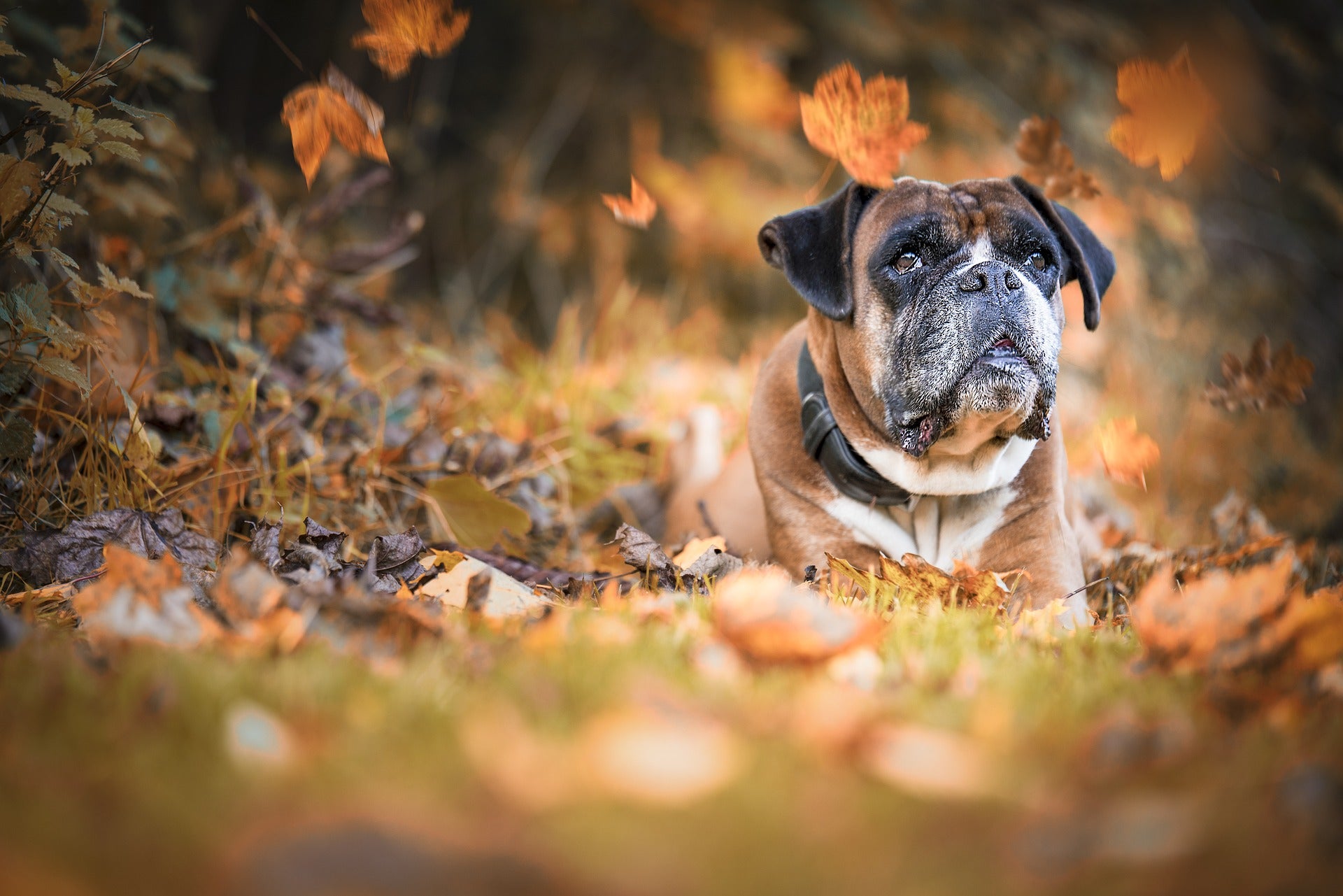
Ah, Iceland. It’s known as the land of fire and ice for its wild and wonderful beauty, sparked from a volcanic past. From vast lava fields to striking geological wonders, the remnants of Iceland’s history are evident in its sundry landscape. Here, you will find glistening glacial tongues, splendid fjords, endless black sand beaches and incredibly powerful waterfalls, interspersed amongst a backdrop of snow-capped mountains.
- Join us on this 11 Day Iceland in Autumn Photography Workshop
- Learn these Recommended Camera Settings for Landscape Photography
- Discover Where to Photograph Lupines and Wildflowers in Iceland
With so much diversity in one place, it’s no wonder that Iceland is a photographer’s paradise. To help you make the most of your photography trip, we’ve compiled our top nine highlights which make for the best places to practice your landscape photography in Iceland.
#9 – Reykjanes Peninsula
 The Reykjanes Peninsula is a great place to photograph the Northern Lights. Photo by: 'Mads Peter Iversen'.
The Reykjanes Peninsula is a great place to photograph the Northern Lights. Photo by: 'Mads Peter Iversen'.
The Reykjanes UNESCO Global Geopark in the southwest of Iceland is an incredible place. Close to the small and beautiful fishing town of Grindavík, it is where the North Atlantic Ridge rises from the ocean, creating stunning photographic opportunities.
One of the many sights on the peninsula is the Gunnuhver hot spring. Here, you can capture the true power of nature, where the Earth feels dangerously alive beneath your feet. Riddled with boiling mud pools and steaming hot geothermal vents, there is a strong smell of sulphur that accompanies every whiff of hot steam that emanates from the ground below. Colourful minerals in the ground create vibrant hues in the cracks of mud – a perfect subject for wide angle photography. You’ll be able to frame them with Iceland's largest mud pool, also located at Gunnuhver, which measures 20 metres (65 ft) wide and is filled with violently boiling earth.
Although picturesque, the entire Gunnuhver Hot Springs area is dangerous, with temperatures getting up to around 300°C in some parts. As such, it is important to stick to clearly marked walking trails and platforms. You’ll be happy to know that there are a few ramps over the geothermal area itself, from where you will be able to get a good vantage point down into the hot springs and over the surroundings for a truly unique shot of Iceland.
In the same area, you will find the beautiful Reykjanesviti lighthouse, the Brimkettil lava rock pool and a number of spectacular sea stacks laying just off the coast. The Reykjanes peninsula is also a great place for photographing the Northern Lights.
#8 – Seljalandsfoss Waterfall
 Shooting from behind Seljalandsfoss waterfall. Photo by: 'Kaspars Dzenis'.
Shooting from behind Seljalandsfoss waterfall. Photo by: 'Kaspars Dzenis'.
Photographically-speaking, Seljalandsfoss is the darling of all Iceland’s waterfalls. It is one-of-a-kind in Iceland, featuring a cavern behind it that allows you to circle the cascade of water itself in a 360° motion. This makes for truly incredible compositions, whether in rain or sunshine.
If you happen to visit Seljalandsfoss during the Midnight Sun season in summer, then you’ll be able to capture it in a long exposure with golden sunlight streaming in, surrounded by lush green vegetation and blooming wildflowers. The result is a charming scene that could easily be mistaken for something out of a fairytale.
#7 – Jokulsarlon Glacier Lagoon
 The Jokulsarlon Glacier Lagoon is a great place for landscape photography. Photo by: 'Iurie Belegurschi'.
The Jokulsarlon Glacier Lagoon is a great place for landscape photography. Photo by: 'Iurie Belegurschi'.
Located on the border of the Vatnajökull National Park in southeast Iceland, the Jökulsárlón Glacier Lagoon is the crown jewel of Iceland and needless to say, a landscape photographer’s absolute delight.
Its heavy volume of cold, blue water is dotted with icebergs that have calved from the nearby Breiðamerkurjökull glacier. The icebergs float majestically within the tidal lagoon, before flowing through a short waterway into the Atlantic Ocean. They are then reshaped by the waves before washing back ashore as smaller chunks of ice on the adjacent black sand beach, otherwise known as the Diamond Beach.
 The Diamond Ice Beach is a popular location for photography in Iceland. Photo by: 'Iurie Belegurschi'.
The Diamond Ice Beach is a popular location for photography in Iceland. Photo by: 'Iurie Belegurschi'.
The ice beach itself is one of the most popular locations for photography in Iceland. Scattered all along the shoreline, the ice makes for captivating subjects in long exposure photography, as they resemble glittering diamonds in any kind of light.
Throughout the seasons, the glacier lagoon is host to a vast array of wildlife from seals to sea-birds, so be sure to bring along those telephoto lenses!
#6 – Geysir
 Geysir on the Golden Circle. Photo by: 'Iurie Belegurschi'.
Geysir on the Golden Circle. Photo by: 'Iurie Belegurschi'.
The Geysir Geothermal Area is a favourite stop for many along the Golden Circle drive in Iceland. It is a highly active hot spring area, with boiling mud pits, though it is most well-known for the exploding fountain geyser, Strokkur.
Strokkur is a photographer’s dream, erupting every 5-8 minutes or so, anywhere from 15 to 40 metres high! It is surrounded by colourful mud pools and fumaroles, with many opportunities to photograph interesting cracks and patterns in the earth surrounding it.
To capture it at its best, use a tripod to keep your camera steady and make sure that you use a relatively fast shutter speed. Be careful though, as whatever goes up must come down. You’ll want to position yourself and your camera out of the direction in which Strokkur blows, lest you’ll get very wet!
#5 – Gullfoss
 Gullfoss is also on the Golden Circle and amazing for landscape photography! Photo by: 'Iurie Belegurschi'.
Gullfoss is also on the Golden Circle and amazing for landscape photography! Photo by: 'Iurie Belegurschi'.
Also situated on the Golden Circle, Gullfoss is one of Iceland’s most iconic waterfalls. Its thundering power is as a result of regular rain combined with glacial runoff, making it one of the largest volume falls in Europe.
Gullfoss is a two-tiered waterfall, with the first tier dropping 11 metres and the second tier plunging 21 metres, cutting into a mighty canyon below. There are numerous platforms from which you can photograph this amazing waterfall and it is particularly beautiful when swathed in pink and amber sunset hues during summer.
During winter, the surrounding landscape becomes frozen, making for enchanting scenes. However, some of the platforms will be fenced off for safety reasons.
#4 – Kirkjufell
 Kirkjufell is Iceland's most photographed mountain. Photo by: 'Iurie Belegurschi'.
Kirkjufell is Iceland's most photographed mountain. Photo by: 'Iurie Belegurschi'.
Perhaps Iceland’s most famous natural landmark, Kirkjufell (or ‘Church Mountain’ as its name translates) is located on the windswept Snæfellsnes Peninsula in western Iceland. The area is known for its dramatic landscapes, characterised by vast lava fields, volcano peaks and sheer sea cliffs. However, Kirkjufell is by far its most visited location, having been made popular as a filming location by the TV series, Game of Thrones.
Kirkjufell is the perfect place for wide-angle landscape photography, with its gorgeous waterfalls on the left and the photogenic mountain itself in the background. In summer, there is water which can be used for reflections in the foreground, tall grass and also a stream. In winter, there are often cracks in the ice which can make for fascinating leading lines into the mountain. At night time, Kirkjufell is a great place to shoot the Northern Lights and during autumn, it looks spectacular swathed in earthy hues of orange, gold and red foliage. It’s no wonder why this iconic mountain is a favourite of landscape photographers, brimming with amazing compositions beneath any kind of light.
 Photographing the Northern Lights over the Black Church of Budir. Photo by: 'Iurie Belegurschi'.
Photographing the Northern Lights over the Black Church of Budir. Photo by: 'Iurie Belegurschi'.
While you're in the vicinity of Kirkjufell, it's also worthwhile checking out the Black Church of Búðir, the small fishing village of Arnarstapi, Gattklettur sea arch and the Lóndrangar basalt cliffs for extra photo opportunities.
#3 – Skogafoss
 Skogafoss is one of the most beautiful waterfalls in Iceland. Photo by: 'Iurie Belegurschi'.
Skogafoss is one of the most beautiful waterfalls in Iceland. Photo by: 'Iurie Belegurschi'.
The south coast of Iceland is filled with photographic delights, though none stands out as much as the legendary Skógafoss waterfall. Standing at a height of 60 metres, this waterfall thunders down with incredible force into the river below. You can walk right up to, but be prepared to be drenched!
The waterfall is absolutely stunning in any kind of weather, even in broad daylight when the sun causes rainbows to appear in the hazy mist drifting forth. It is the perfect place for self-portraits and depending on what kind of focal length you use, there are a myriad of compositions to be had from wide-angle landscapes all the way to abstract telephoto photography.
 Lupines at the white church of Vik in summer. Photo by: 'Iurie Belegurschi'.
Lupines at the white church of Vik in summer. Photo by: 'Iurie Belegurschi'.
What's best is that you can easily visit Skógafoss and its neighbour, Seljalandsfoss, in a single day trip. It will take you a couple of hours to reach the South Coast from Reykjavík, though once there, you'll be surrounded with amazing scenery for photography. Some other highlights include the Reynisfjara black sand beach, the Dyrhólaey sea cliffs where you will find puffins in summer, as well as the famous white church of Vík.
#2 – Kerlingarfjoll
 Kerlingarfjoll is a landscape photographer's dream. Photo by: 'Iurie Belegurschi'.
Kerlingarfjoll is a landscape photographer's dream. Photo by: 'Iurie Belegurschi'.
Situated in the central Highlands of Iceland, Kerlingarfjöll is a mountain range that is part of a larger volcano system. Its incredible, unimaginable landscape is characterised by unearthly colours, steaming geothermal activity, hot springs and water fountains.
The area is best photographed during dawn or dusk in summer, when the golden light adds further splendour to the red rhyolite mountains with the majestic glacier Hofsjökull, Iceland’s third largest glacier, looming in the background.
There are three geothermal areas belonging to Kerlingarfjöll, the best known of which is Hveradalir. Here, solfataras and fumaroles abound, as well as a number of breathtaking alkaline springs. It is a place where you can concentrate on abstract details as well as wide-angle shots to capture its awe-inspiring diversity. The area is well-maintained, with good trails and neatly built steps to all the main hot springs, though becomes inaccessible during winter.
#1 – Landmannalaugar
 The Highland paradise of Landmannalaugar. Photo by: 'Iurie Belegurschi'.
The Highland paradise of Landmannalaugar. Photo by: 'Iurie Belegurschi'.
Last but not least on our list of ten best places for landscape photography in Iceland is the extraordinary area of Landmannalaugar, nestled in the heart of the Fjallabak Nature Reserve within the southern Highlands. This is a truly rare and magical place, characterised by vast black lava fields, colourful rhyolite mountains and natural geothermal baths. There are many other stunning natural features to photograph in the region, such as the Valley of Tears, the incredible Frostastaðavatn highland lake, as well as the spectacular Bláhylur lake – an electric blue body of water nestled in a dormant volcanic crater.
 Blahylur is an incredible blue lake in the Highlands. Photo by: 'Iurie Belegurschi'.
Blahylur is an incredible blue lake in the Highlands. Photo by: 'Iurie Belegurschi'.
Best of all, there is a campsite at Landmannalaugar, meaning that you will be able to stay up late to witness the golden light of the Midnight Sun bathing the Highlands in a beautiful glow, without having to drive all the way back to your hotel.
Like Kerlingarfjöll, this area is best photographed during the golden hours of dawn and dusk during summer, becoming inaccessible in the wintertime. It is a hiker’s paradise, with many of its amazing scenery located on hiking trails, so if you’re up for the exercise then this will perhaps be one of the main highlights of your landscape photography trip in Iceland!
About the author: Serena Dzenis is a landscape photographer based in Iceland. You can find more of her work on her website or by following her on Facebook and Instagram.
Have you visited any of these locations for photography in Iceland? Do you have any special places that you would like to add to the list? Leave a comment for us below!











